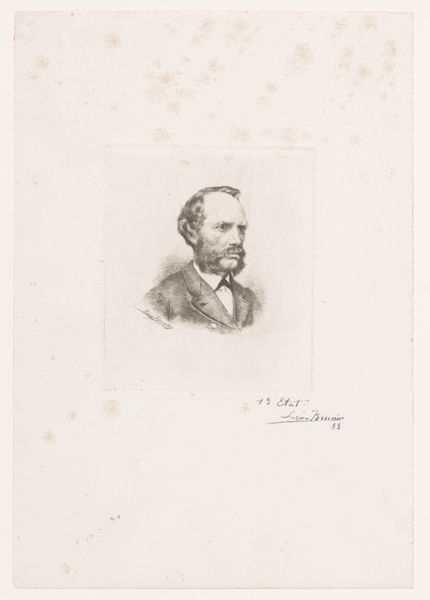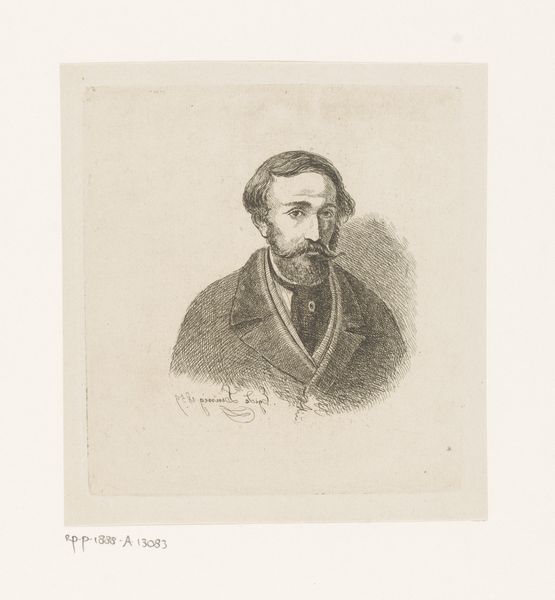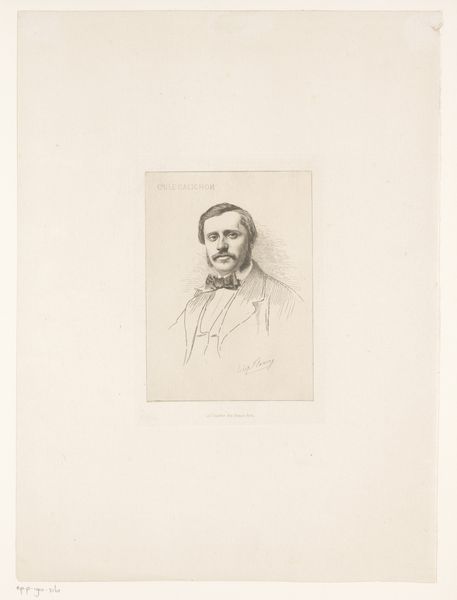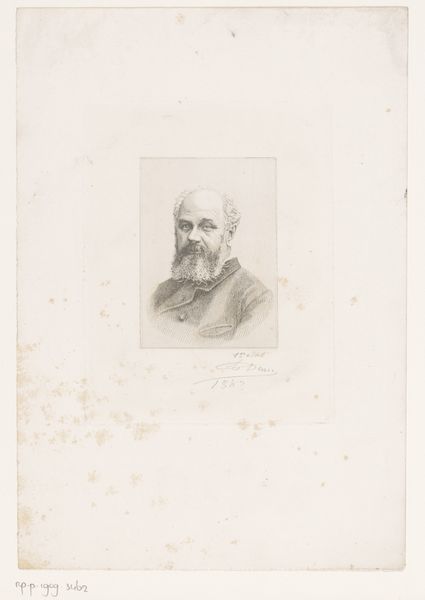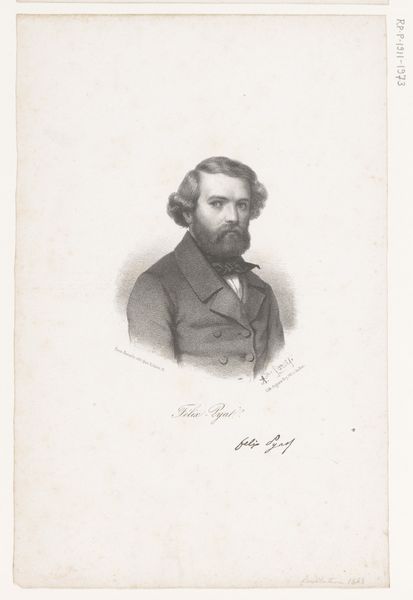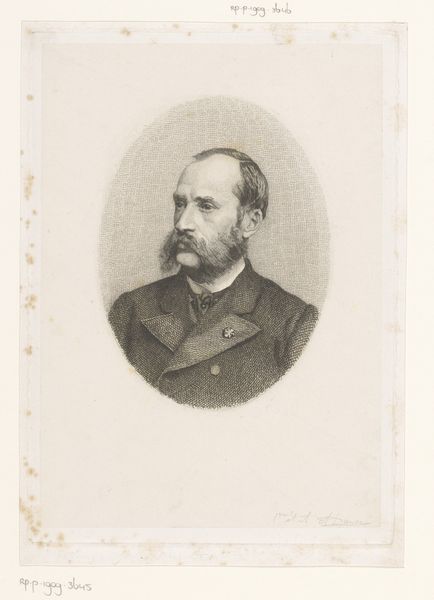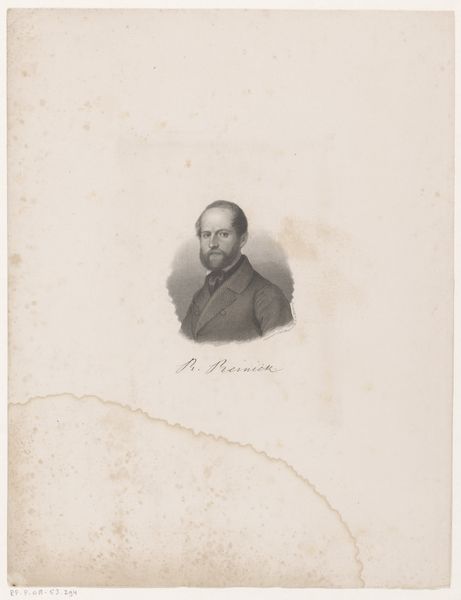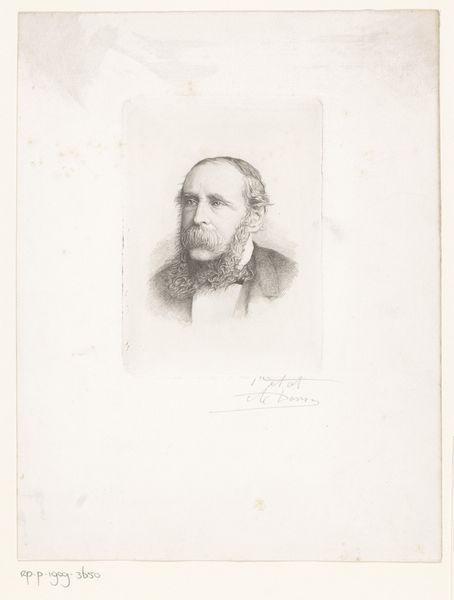
print, paper, graphite, engraving
#
portrait
# print
#
paper
#
romanticism
#
graphite
#
engraving
Dimensions: height 178 mm, width 137 mm
Copyright: Rijks Museum: Open Domain
Curator: Here we have “Portrait of an Unknown Man,” rendered in 1837, likely by Friedrich Meyer. It appears to be a print combining graphite and engraving on paper, emanating from the Romanticism era. Editor: It’s captivating, this image! Melancholy emanates from it, and perhaps even a bit of foreboding, don't you think? The man's gaze holds a story. Curator: The Romanticism style would suggest as much. Portraits weren’t just about likeness; they aimed to capture inner states. The sitter is framed in an oval that almost feels like an allegorical window to the soul. And the technique of engraving provides such detail with the lines that build to suggest a somberness. Editor: I’m particularly drawn to how this ‘unknown’ individual is portrayed within a very specific social context, that being the emerging middle class of the early 19th century. There's an element of bourgeois identity construction happening here, perhaps consciously, as clothing becomes more important. The collar seems particularly important for this man. Curator: Definitely. He is dressed meticulously, in a manner both restrained and carefully cultivated. I wonder about the text and inscriptions added beneath the portrait--these function as additional layers of narrative and commemoration that speak volumes about both the subject's status and values. It adds a powerful, immediate context to him, more powerful than perhaps the pose itself. Editor: Indeed, this isn't just about portraying an individual. It's about participating in the societal theatre and performance around identity, class, and maybe a certain yearning for respectability, which are not always visible. In a portrait like this, absence—that is, the deliberate withholding of certain visual signifiers — is just as crucial as what is included. What isn’t said? What isn’t shown? Curator: What echoes across time. The portrait retains its psychological weight precisely because these gestures—the pose, the dress, the hidden story—remain potent symbols even today. Editor: Absolutely. Friedrich Meyer, with this solitary image, touches on profound issues about the creation of personhood amidst social transition, something we continue to grapple with now.
Comments
No comments
Be the first to comment and join the conversation on the ultimate creative platform.

